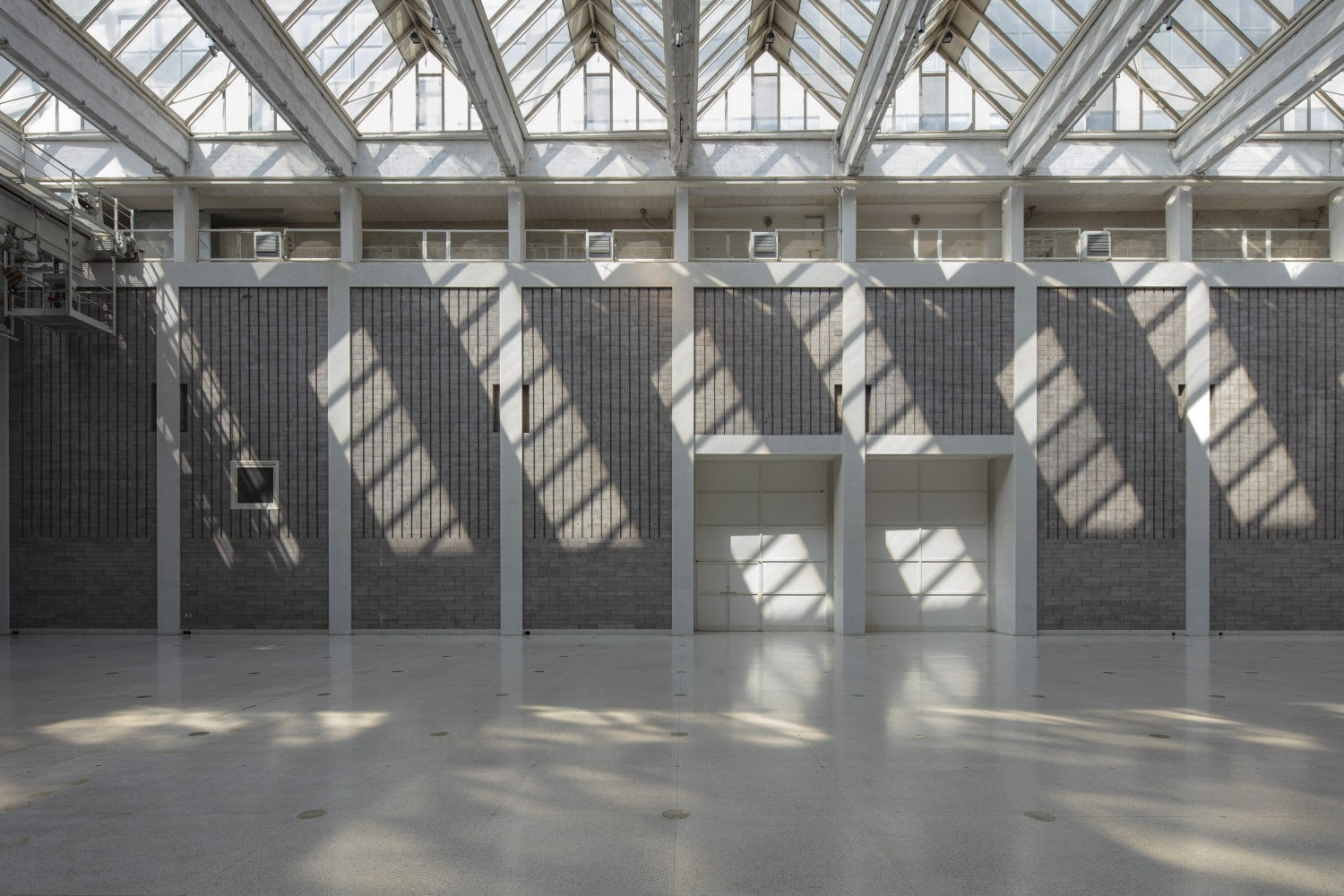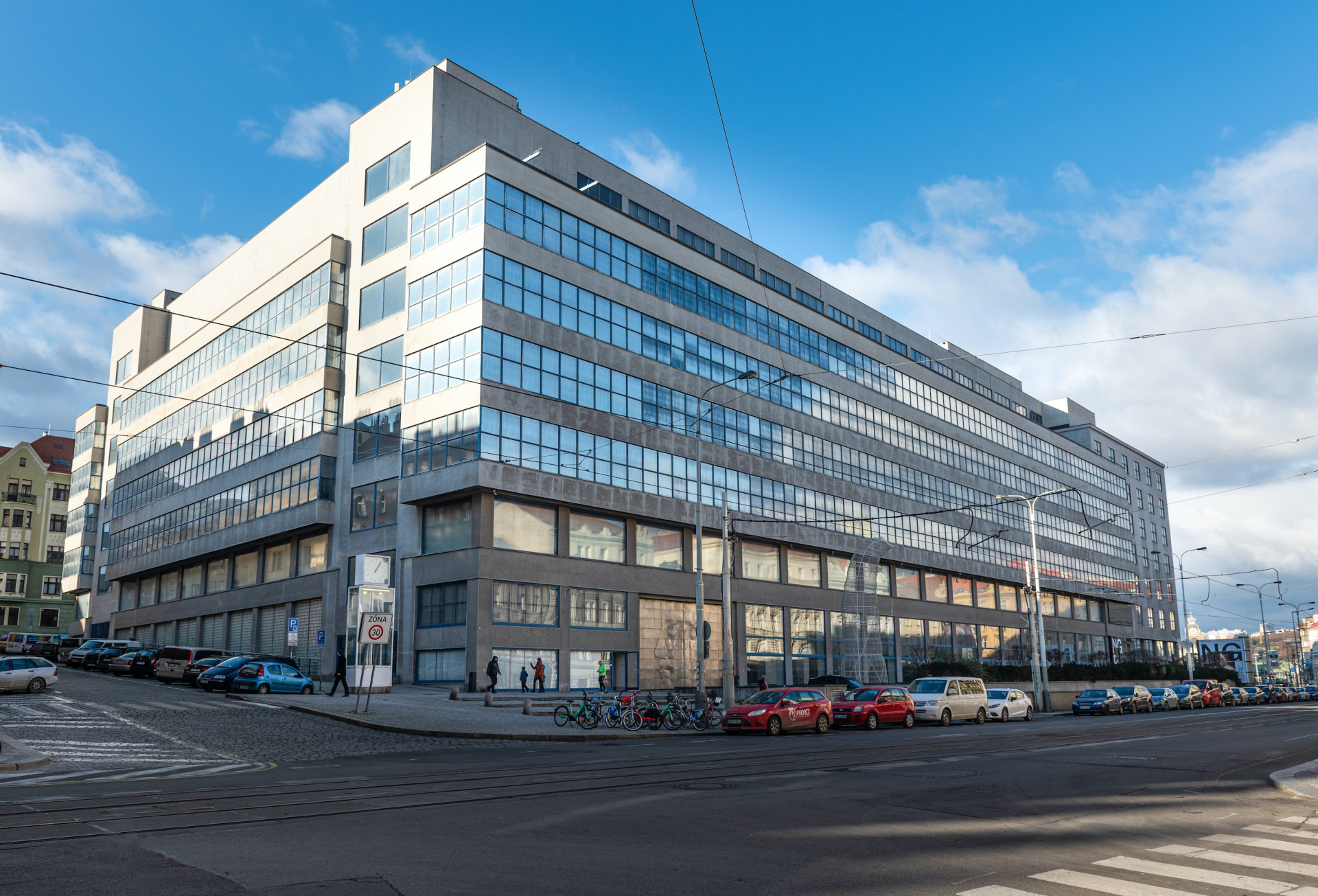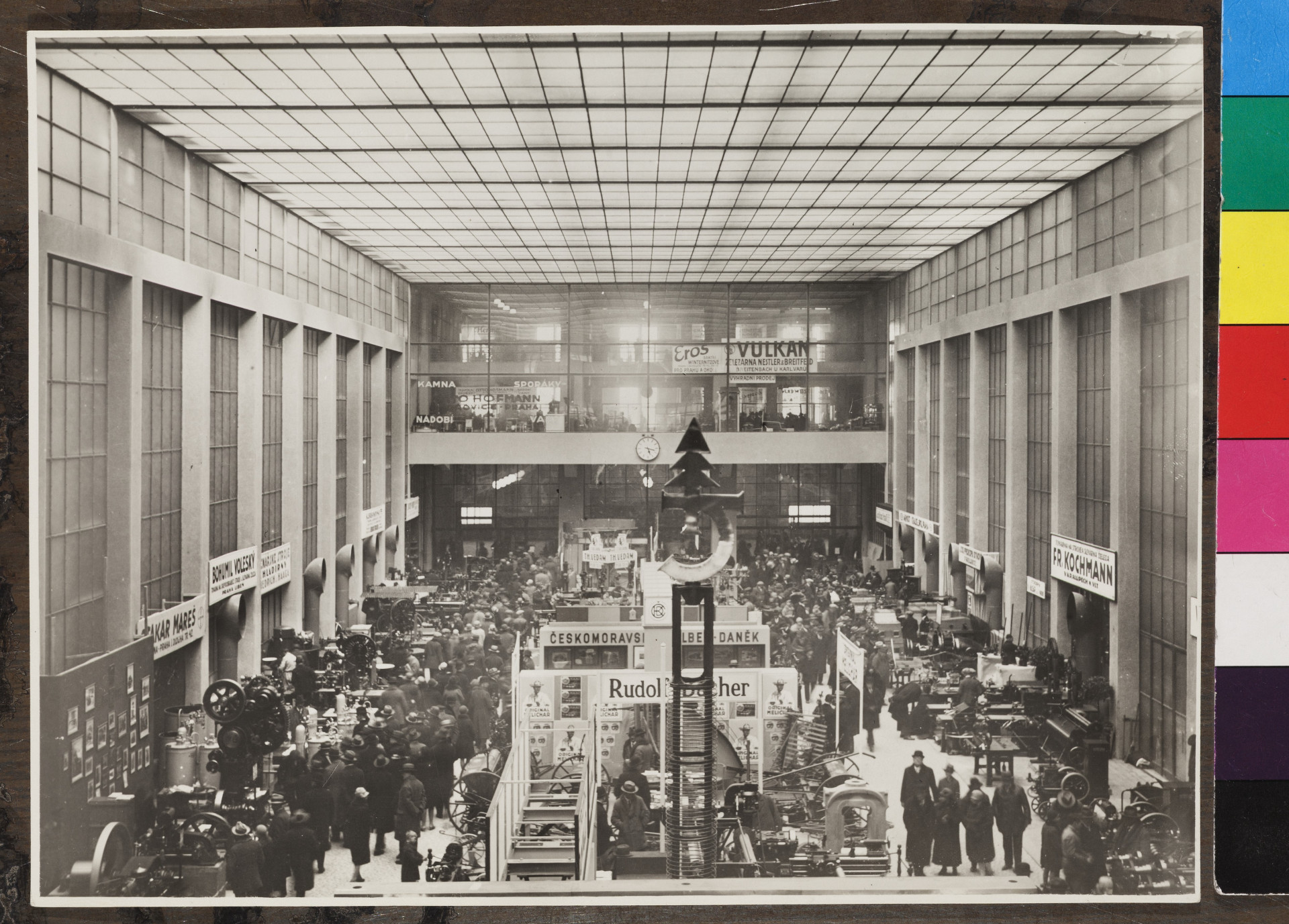National Gallery Prague – Trade Fair Palace – Grand Hall

(c) Jakub Přecechtěl
Address
Dukelských hrdinů 47, 170 00 Prague 7
Opening hours
| Tue–Su | 10AM–6PM |
|---|---|
| Every first Wednesday of the month | 10AM–8PM |
The Trade Fair Palace will be closed on July 9, 2024, due to water outage. Thank you for your understanding.
Exhibiting artists
Kateryna Aliinyk, Zbyněk Baladrán, björnsonova, cosa.cz, kulturní družstvo / cultural cooperative (Markéta Mráčková, Barbora Šimonová) & Viktor Vejvoda, DAVRA research group (Madina Joldybek, Zumrad Mirzalieva, Saodat Ismailova), Martina Drozd Smutná, Giorgi Gago Gagoshidze, Asunción Molinos Gordo, Uladzimir Hramovich, Adelita Husni-Bey, Nikita Kadan, Kateřina Konvalinová & Judita Levitnerová, Kateryna Lysovenko, Pınar Öğrenci, Natalie Perkof, Marta Popivoda, Randomroutines (Tamás Kaszás & Krisztián Kristóf), Alicja Rogalska, Elske Rosenfeld, Zorka Ságlová, Antje Schiffers, Olia Sosnovskaya, Petr Štembera, Dominika Trapp, Tomáš Uhnák & Asia Dér / Tamás Kaszás / Asunción Molinos Gordo
Accessibility & facilities
| Barrier-free entrance | |
|---|---|
| WC | |
| Accessible WC | |
| Changing table | |
| Drinking water | |
| Wi-Fi | |
| 230V socket |
Public transport
| Station | Vltavská |
|---|---|
| Metro | C |
| Tram – Veletržní Palác | 6 / 17 |
| Tram – Strossmayerovo náměstí | 1 / 2 / 6 / 8 / 12 / 17 / 25 / 26 |
About

National Gallery Prague – Trade Fair Palace (c) Tomáš Slavík
The main exhibition of Matter of Art takes place in the building of the National Gallery Prague known as the Trade Fair Palace. Built in 1925–1928, it is a great example of Czech Functionalist architecture. Between the world wars, it belonged to the Prague Sample Trade Fairs Association. Their vision was an expo centre that would attract business from across Europe. The Grand Hall of the palace, where the biennale is taking place, was the main venue for trade fairs and a space to exhibit heavy machinery, like agricultural or industrial technology. It used to be full of commercials, signs, objects – a very colorful setting. The modernization of the early 20th century started many processes of change: it led to massive migration from the countryside to the cities (lasting until today) and to stronger workers’ movements due to an increase in their numbers.
After the war, the palace was home to various foreign trade companies until it was nearly destroyed by a fire in 1974. After the fire, nobody knew what do with the building. There were proposals to convert it into a hospital, a research institute or a museum of the revolutionary workers’ movement. Finally, Stavoprojekt Liberec, the company responsible for the building, proposed that there could be a gallery of contemporary art here. That is how the National Gallery became interested in the palace. The reconstruction was a slow process. It was finished only in the 1990s and the National Gallery moved in.

(c) L. Frankevič